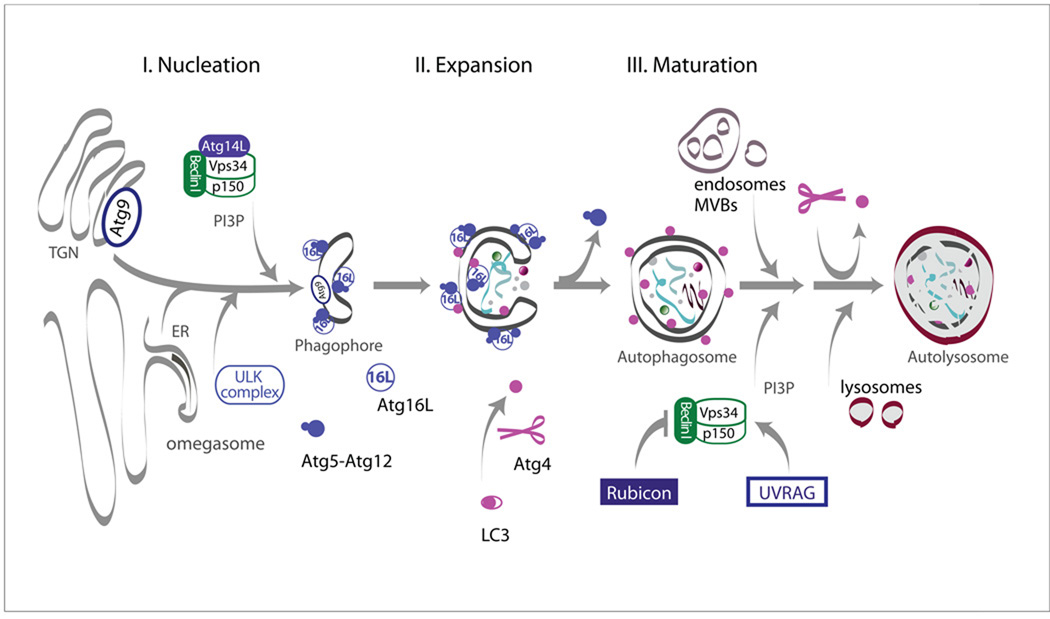Figure 1. Schematic summary of macroautophagy.
Although the origin of the autophagosomal membrane is still a matter of discussion, the early steps of autophagosome formation (nucleation and expansion) are known to require the following proteins: i) the Atg1/unc-51-like kinase (ULK) complex; ii) the Vps34/class III phosphatidylinositol 3-kinase (PI3K) complex I; iii) the transmembrane protein Atg9 and its cycling from the TGN and iv) the two ubiquitin-like proteins Atg12 and LC3 (the mammalian homologue of Atg8) and their conjugation systems (see text for details). Autophagosome maturation involves fusion with different endocytic compartments (early endosomes, multivesicular bodies and late endosomes) to form amphisomes containing both autophagosomal and endosomal content or autophagosomes might fuse directly with lysosomes. Finally the sequestered cytoplasmic material becomes degraded and the resulting macromolecules recycled back to the cytosol to be reused by the cell.

